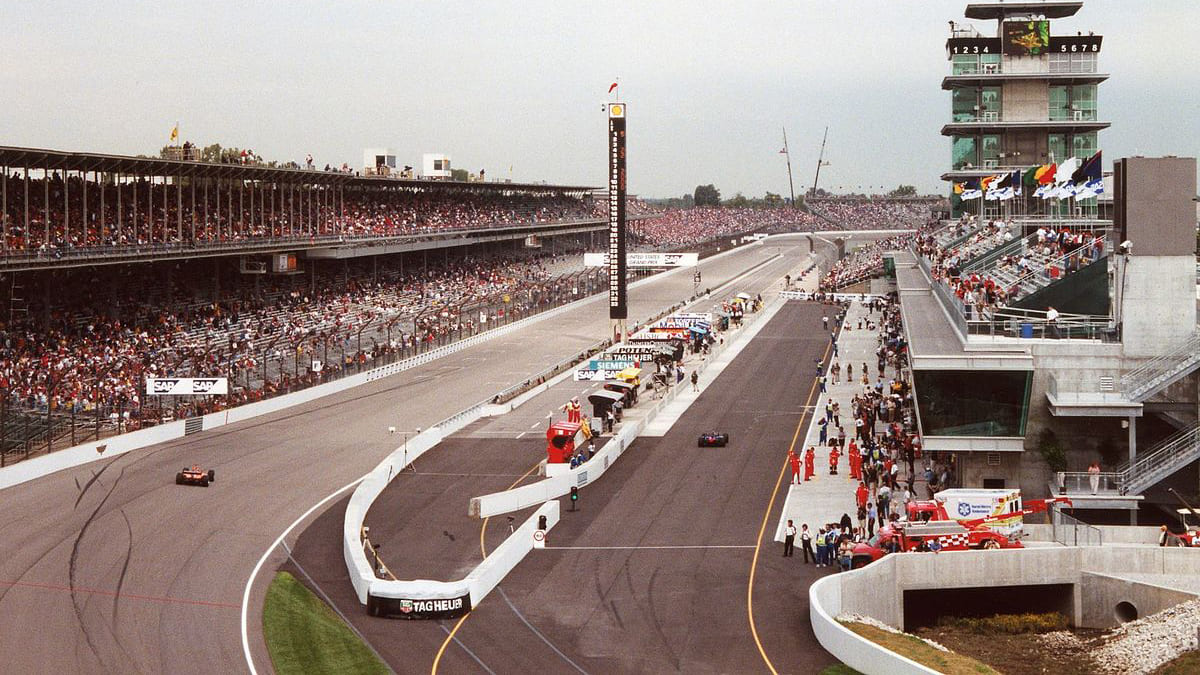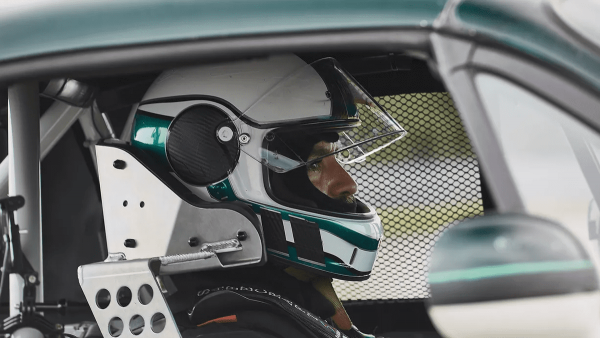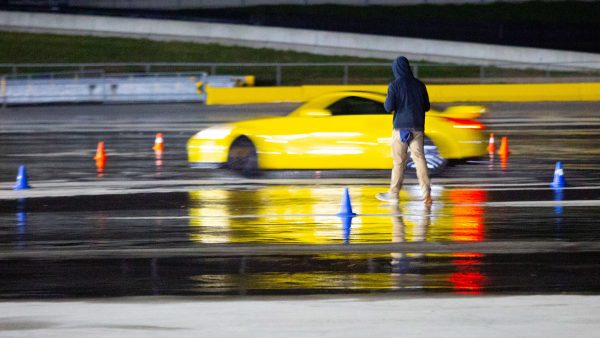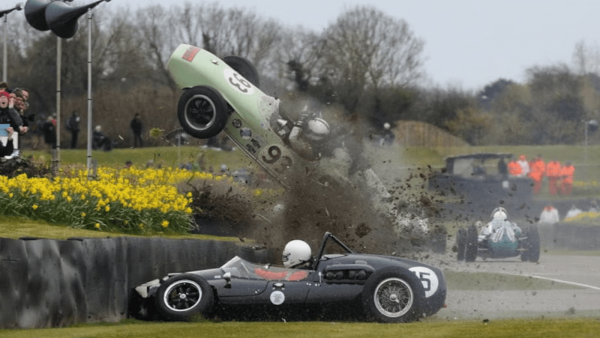The enthralling universe of high-velocity motorsports, featuring iconic competitions such as Formula 1, NASCAR, and MotoGP, has consistently enthralled a global audience, mesmerizing them with the sheer pursuit of speed and the intoxicating surge of adrenaline. Yet, beneath this layer of thrill and excitement lies a realm fraught with potential perils. It’s a world where the stakes are high, and the margin for error is minimal, necessitating an unwavering focus on safety. This dedication to safety is paramount, not only for the racers who brave the tracks but also for the legions of fans who spectate. In this in-depth exploration, we will navigate through the complex landscape of safety measures and pioneering innovations that are integral to ensuring safety in these high-speed arenas, highlighting the ways in which these practices are seamlessly integrated to maintain the dynamic essence of competitive racing.
Sophisticated Track Design and Tactical Layout
The foundation of safety in high-speed motorsport lies in the intelligent design and strategic configuration of professional racing circuits. These tracks are not just asphalt paths but are expertly crafted to diminish risks and enhance safety features:
- State-of-the-Art Run-off Areas: These zones are essential components of high-speed circuits, serving as a buffer for drivers who lose control. They are intelligently engineered with a combination of paved surfaces and gravel traps, aiding in safely slowing down out-of-control vehicles.
- Innovative Barrier Systems: Racing circuits are lined with various types of barriers, including robust Armco barriers, resilient tire barriers, and sophisticated energy-absorbing barriers. These are strategically positioned in locations with increased incident probabilities, such as high-speed corners and long straight sections, to mitigate collision impacts and maximize driver safety.
- Secure Fencing and Spectator Protection: Tracks are equipped with sturdy fencing and barriers, meticulously designed to isolate the racing area from spectator zones. This vital safety measure is in place to prevent any on-track incidents from affecting the audience, adhering to rigorous safety standards.
- Pit Lane Design and Safety Protocols: The layout of pit lanes is optimized for the protection of both pit crew members and drivers involved in pit stop activities. Regulated speed limits and specific operational rules are stringently enforced to reduce the risk of accidents in these highly active zones.
Vehicle Safety Innovations
At the heart of driver protection are the sophisticated safety features incorporated into each racing vehicle. These features play a crucial role in shielding drivers during unexpected incidents:
- Robust Roll Cages: Integral to the structural integrity of race cars, roll cages are meticulously designed to provide a protective shell around the driver in cases of rollovers or serious impacts.
- Head and Neck Support (HANS) Systems: These devices are critical in reducing the likelihood of neck and spinal injuries, acting to restrain the driver’s head during sudden impacts.
- Advanced Safety Harnesses: Racing cars are equipped with elaborate multi-point harness systems that secure the driver firmly in place, effectively dispersing the forces exerted during collisions.
- Comprehensive Fire Suppression Mechanisms: Built into the race cars, these advanced systems are capable of quickly extinguishing fires, crucial in the immediate aftermath of an accident.
- Specialized Helmets and Protective Apparel: Drivers are outfitted with top-tier helmets and a range of protective gear, including fire-resistant suits, gloves, and footwear, offering critical defense against both impact forces and fire-related hazards.
Elevating Driver Expertise and Reinforcing Safety in High-Speed Racing Dynamics
In the high-octane realm of high-speed racing, the calibre and adeptness of drivers are fundamental for maintaining safety. Developing these drivers to tackle the high demands and potential hazards of racing requires a thorough and rigorous training and certification regime. This regime encompasses several key aspects:
- Immersive Simulator Training for Novices: Prospective racers often begin their journey within the realms of advanced virtual simulations. These simulators offer a realistic and safe platform for them to master driving techniques and acquaint themselves with various circuit layouts without the risks associated with actual racing.
- Intensive Training at Specialized Racing Institutes: These institutes offer in-depth, practical training in the art and science of high-speed racing. They stress not just on speed and control but also heavily emphasize the importance of safety and situational awareness.
- Rigorous Licensing Process by Motorsport Authorities: Acquiring a racing license is a crucial milestone for every aspiring racer. These licenses, issued by governing bodies in motorsport, are a testament to the driver’s skill level and their commitment to maintaining safety standards in high-speed racing scenarios.
- Continual Learning and Skill Development: The world of racing is ever-evolving, and drivers must constantly upgrade their skills and knowledge. Regular training programs and skill development workshops are essential to keep drivers updated with the latest racing techniques and safety measures.
Strategic Race Management and Safety Protocols
The role of race management is pivotal in ensuring the safety of high-speed racing events. Their strategies include:
- Elaborate Flag Signaling Systems: These systems use various flags, each indicating different track conditions or incidents, and are essential for communicating with drivers during a race.
- Effective Communication Channels: Maintaining open and continuous communication between race control, drivers, teams, and track officials is crucial for effective coordination, especially in response to track incidents.
- Vigilant Race Stewards and Regulatory Officials: These individuals are responsible for overseeing the race, ensuring adherence to safety regulations, and making decisive calls during critical situations.
- Emergency Medical Teams and Facilities: High-speed racing venues are equipped with specialized medical teams and facilities, prepared to offer immediate medical attention in the event of accidents.
Technological Breakthroughs in Racing Safety
Technological innovations have substantially raised the bar for safety in high-speed racing:
- Advancements in Impact Absorption Technologies: New materials and structural designs in both cars and track barriers have been developed to better absorb impacts, reducing the risk of injury to drivers.
- Telemetry and Predictive Data Analytics: Teams leverage real-time telemetry and analytics to monitor car performance, predict maintenance needs, and preemptively address safety concerns.
- Automated Safety Mechanisms: Advanced racing series are now experimenting with autonomous systems that can intervene to slow down or halt cars in post-crash scenarios, thereby mitigating the risk of further collisions.
- Innovative Protective Gear and Helmets: The development of lighter, stronger materials has revolutionized driver safety gear, including helmets and fire-resistant suits, offering superior protection against impacts and fire.
High-Velocity Motorsport: Elevating Safety Standards for Spectators and Embracing Environmental Awareness
The realm of high-velocity motorsport is not only a display of driver prowess and mechanical marvels but also a domain where spectator safety and environmental considerations are given utmost priority. The organizers and track officials of these high-speed events bear the crucial responsibility of ensuring that every enthusiast and spectator can relish the race, confident in their safety. Let’s delve into the multi-faceted approaches employed to ensure this safety:
- Sophisticated Spectator Safety Measures. Innovatively Planned Spectator Areas: The arrangement of spectator zones is a product of detailed planning, aimed at maintaining a safe buffer between the fans and the high-octane track action. State-of-the-Art Barrier Systems: The installation of advanced barriers is pivotal, functioning as a protective shield to avert any track incidents from affecting the spectators.
- Comprehensive Emergency Management Protocols. Rigorous Emergency Strategies: Each racing venue is equipped with meticulously crafted emergency response plans, emphasizing rapid and effective responses to any spectator-related incidents.
- Efficient Communication Networks. Critical Safety Information Dissemination: Robust communication networks are integral to the race experience, ensuring that all safety information is conveyed promptly and emergency responses are coordinated efficiently.
Engagement and Education of Fans on Safety Matters
The process of educating and engaging fans in safety practices is a cornerstone of the race experience, facilitated through:
- Specially Curated Spectator Zones: These zones are carefully designed to offer optimal views while incorporating advanced safety measures.
- Educational Signage and Regular Announcements: Ongoing reminders and educational messages regarding safety practices are delivered through strategic signage and announcements.
- Safety Awareness Initiatives: Racing organizations actively spearhead campaigns to inform fans about the risks involved and promote safe spectating habits.
Environmental Safety Strategies
The racing environment is a critical aspect of overall safety:
- Cutting-Edge Weather Tracking Systems: Given that adverse weather conditions can significantly alter racing dynamics, state-of-the-art weather monitoring systems are employed to track and adapt to meteorological changes.
- Diligent Track Upkeep: Regular maintenance of the track ensures it remains free from hazards, providing a safe racing terrain.
- Protocols for Environmental Challenges: Extensive safety protocols are established to manage challenging conditions, such as heavy rain, dense fog, and low visibility scenarios.
Conclusion
High-velocity motorsport transcends being a mere exhibition of speed and agility; it embodies a commitment to safety and environmental mindfulness. As technological advancements continue to surge, the motorsport industry relentlessly strives to further refine safety standards. This unwavering dedication ensures that enthusiasts and fans can immerse themselves in the exhilarating world of high-speed racing, secure in the knowledge that the sport is steadfast in its commitment to safety and environmental stewardship. In this way, high-velocity motorsport not only captivates its audience with thrilling races but also stands as a paragon of safety and environmental conscientiousness in the sporting world.





